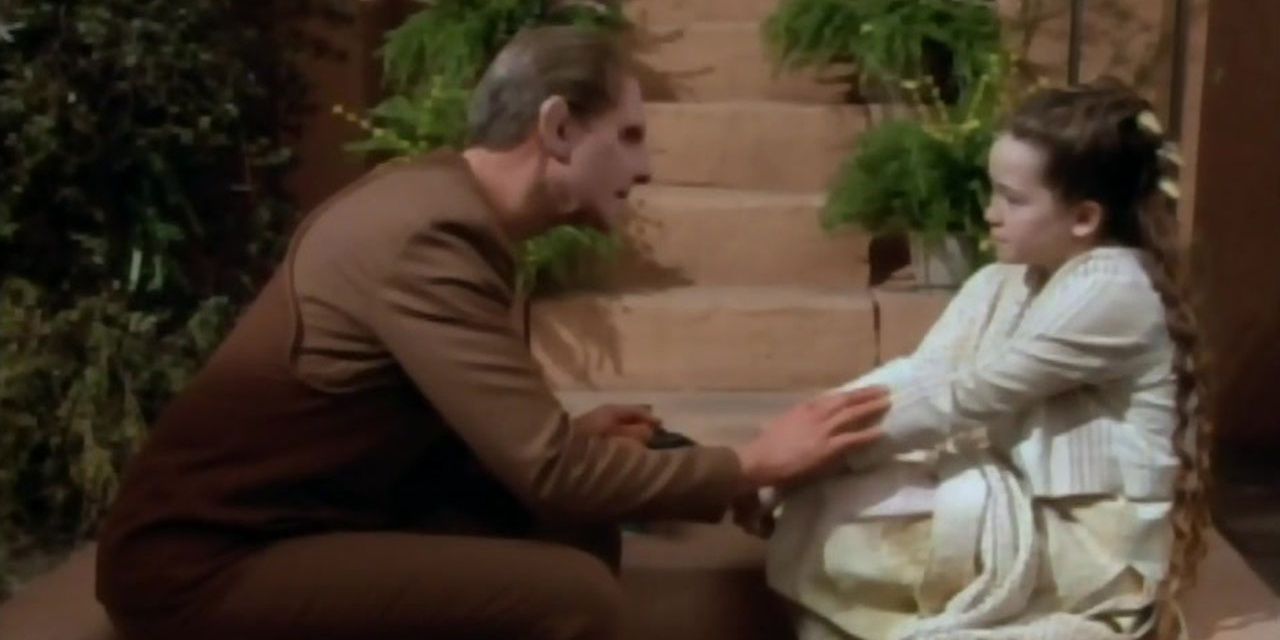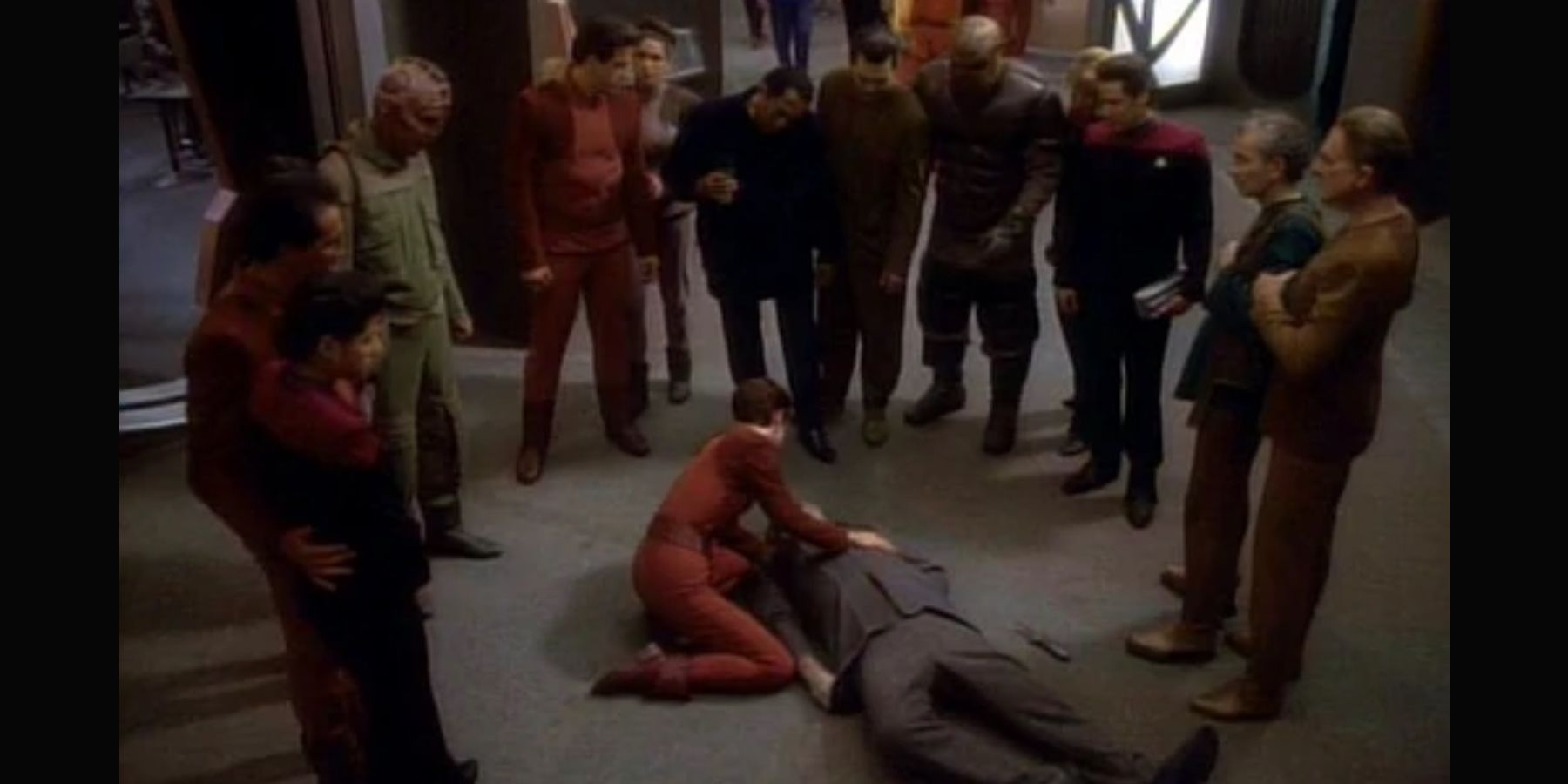Star Trek has been around for over fifty years. In that time, it's carved out a place for itself among the most thoughtful science fiction properties ever, tackling complex themes regarding the human condition, social relations, and ethical dilemmas. These messages have carried the franchise through numerous TV shows that started with The Original Series, continued with The Next Generation, and finally into current shows like Strange New Worlds and even cartoon spinoffs like Lower Decks.
Though they each have their issues, fans have enjoyed all of these series to varying degrees, and some of the recent Star Trek shows have rubbed many of these fans the wrong way. Critics claim the new material has gone beyond artistic license, overlooking several details within the continuity, and completely overhauling key themes. Is it fresh, new, and exciting, or has it made the products practically unrecognizable as part of the same franchise?
Updated October 28, 2022, by Kristy Ambrose: These days, the controversy between Old Trek and New Trek is just another part of the media entertainment world, with the fanbase and creators taking some interesting liberties with Gene Roddenberry's old formula. There are plenty of ways the vintage shows are different from the new ones, but it seems to be the realm of storytelling and character development that rile up fans the most. On the other hand, some of the new features on the show were obvious and even welcomed. How much a fan wants to fight about it is a matter of personal opinion.
12 The Tech Aesthetic
This is hardly a fair critique, but hindsight is still a funny thing. Some of the original Star Trek technology can't help feeling out of date in appearance. The mess of knobs, dials, plastic screens, and cumbersome communicators contrast wildly with the touchscreens, holographic displays, and minuscule devices that most sci-fi fans know nowadays. It's no surprise that Discovery looks so much sleeker despite taking place before.
The creators obviously felt that this would more accurately reflect a modern vision of the future. It seems odd to think of a Star Trek show with a very limited budget, but the early versions of Star Trek were intended for a niche audience and weren't expected to get a lot of attention. The show didn't exactly have a huge budget, so it was limited in what it could do.
11 Higher Production Values
An extension of the previous idea, this isn't just a feature in movies anymore. The early Star Trek movies were serious investments for the time, but the price tag on modern Star Trek shows makes the budget of Old Trek look like Tribble fuzz. Star Trek started out as a subversive show and had a modest budget to match its niche audience.
Now, producers are confident that the band is powerful enough to return any investment they make, regardless of the story quality. It's a practice that encourages bad and even lazy behavior when it comes to writing the plot, but on the other hand, there are all kinds of cool visuals and event-based twists for the audience to enjoy.
10 Picard Is A Completely Different Character
In contrast to the brash-yet-personable Kirk, Picard was a methodical and closed-off captain. His authoritarian attitude may have seemed cold, but his efficiency and intelligence often got the job done. He was respectful of other cultures and had a talent for negotiation and diplomacy, and during a mostly peaceful era, this made him one of the most valuable officers in Starfleet.
The recent Picard TV show has come under fire for painting the titular character as an emotional wreck with nothing to do but mope around his chateau. The script chalks some of this up to PTSD from his Borg brainwashing, but he supposedly got over that in The Next Generation and there was no mention of that in the movies. Other puzzling additions include his newfound fondness for Data. Sure, many people change throughout their lives, but this is practically a 180-degree flip and it's completely different from the old character.
9 The Vulcan Hello
Discovery shows how different it will present the mindset of these aliens in the very first episode. A tense standoff with the Klingons leads Michael Burnham to seek advice from adoptive father Sarek, a Vulcan ambassador. He reveals that his people previously used preemptive strikes to quell potential threats. It happened so often that it came to be called "the Vulcan Hello."
This would provoke the enemy, especially a warrior race like the Klingons, but Sarek knows that and seems to think the Klingons will respect a show of aggression. Sure, the Vulcans have a somewhat primal past, and they are primarily a peaceful and intelligent species, but they're logical above all else. Deliberately starting a war is most illogical but we are dealing with Klingons here, and if the most logical reply is to fire, a Vulcan would do so.
8 The Elitist Federation Of Planets
Star Trek has always been about hope. Its central organization--the United Federation of Planets--stands as a testament to cooperation and kinship with countless other races, regardless of their beliefs. By contrast, the Federation in these new shows is colder and less accepting of other worldviews. They see themselves as the supreme arbiters of who lives and dies, evidenced by their refusal to help the Romulans in their hour of need.
For comparison, they were perfectly willing to help the Klingons out of a similar jam in The Undiscovered Country. The creators made these changes to critique the Trump-era United States, but this goes against what was previously established by the Federation. Granted, Deep Space Nine also challenged this idyllic image, but it was never this blatant or extreme.
7 The Klingons
These battle-ready warriors have changed several times at this point. In TOS they just looked like humans with Fu Manchu mustaches and gold body paint because the original show's budget prevented much else. Thankfully, starting with the first movie and continuing for all subsequent appearances, the Klingons looked hardier, often hairier, brows and all, and generally more intimidating.
Their burly frames, armored craniums, and long hair made for an imposing sight akin to Vikings or Mongols, and these old stereotypes are why they had to change. Discovery made a few bold moves here but not for the better. Not only have most of these Klingons lost their lustrous hair, but they have so many disgusting details prosthetically piled on that it limits the actors. Their faces barely move, and their teeth prevent them from speaking clearly. In short, the old warrior race is now little more than spluttering, puppet-like monsters.
6 The Trills
These dotted denizens assert in Discovery that they've never forced a separation between a host and symbiont, but that retcons the lore from other shows. Setting aside the obvious improbability of that statement, what about Joran Dax? This murderer was such a misfire on the Dax symbiont that the Symbiosis Commission tried to cover it up. He didn't call for a forced separation?
Joran's presence also reveals that symbionts aren't as picky as everyone thought. About half the Trill population are viable hosts and the Commission simply keeps this quiet so as to root out the "most worthy" candidates. On the other hand, Discovery states that a galaxywide destructive event wiped out a chunk of their people, including most of these hosts. However, it's pretty unlikely that they still wouldn't have enough viable Trills, especially once they started reproducing. They're turning into the MacGuffin race of Star Trek.
5 The Romulans
Most major powers seem to have a shadow organization or spec ops unit to operate behind the scenes or take on the toughest tasks. The Federation has Section 31, the Cardassians have the Obsidian Order, and the Romulans have the Tal Shiar and Zhat Vash. These are the Zhat Vash, and they're supposedly a more deep-seated organization for combatting androids and other synthetic life.
Theoretically, these Romulan agents should have surfaced before now, but it would have only exposed how redundant they are and that isn't even the only problem. The whole idea of Romulans being averse to synthetic life isn't just pulled from nowhere, it's totally contradictory to how the Romulans were presented in their earlier incarnations in the franchise. It would have been better to make a whole new race than ret-con one that already existed to this extent.
4 Blame Section 31
Speaking of spies and secret societies, one of the few ideas that are unique to modern Star Trek, with virtually no mention of it in the previous canon, is Section 31. This is the covert arm of Starfleet's intelligence operations, and the idealistic vision of Gene Roddenberry didn't consider the need for such an organization. Modern writers, however, who grew up during the Cold War and know how well advertising and propaganda work, have another perspective.
It's a realistic vision as opposed to an idealistic one, which veers away from the ideas in the original series where human society had evolved into a veritable utopia that didn't even have dirty words. However, the callbacks to the Mirror Universe that pop up whenever Section 31 is involved remind the viewer of the old idea that humans are not inherently good, and that the galaxy might have evolved differently.
3 Replicator Technology
The folks in Discovery sure are lucky to have replicators. These handy machines can materialize food and drinks seemingly out of thin air, but there's a problem with this. They shouldn't exist yet. It may seem like a nitpick, but this crucial detail hurts the immersion factor and wrecks the timeline. Replicators didn't come into fashion until The Next Generation and Deep Space Nine.
The crew in The Original Series still used rations and food pellets. Discovery supposedly takes place before this, so where'd these guys get the replicators? Did they go forward in time and steal them? It could have been a butterfly effect of the time travel antics in J.J. Abrams's Star Trek flicks, but those are in an entirely different timeline.
2 Hold Your Hologram
Another familiar piece of tech in Discovery is a common tool in sci-fi: a holographic communicator. Characters casually talk to each other over great distances by projecting images of themselves to connecting devices. Just like with the replicators, though, the guys in the new show should have no idea what these things are.
Holographic communicators were nowhere in The Original Series and Deep Space Nine specifically says that they're a newer piece of technology. Yet, Discovery constantly throws them around decades prior. Don't tell Chief O'Brien about it. He was really proud of his new toy.
1 Swearing, Sex, And Violence
The dialogue in these new Star Trek shows is anachronistic. The characters talk in modern lingo and make jokes with contemporary slang. At least the writers could have tried to write some 24th-century cruses words. Trying to push the envelope to compete with the modern trend of fantasy horror, the shows also throw in a slew of swear words, sex scenes, and gruesome violence.
Star Trek was never this down and dirty, even during its darkest moments. The characters tried to approach situations intellectually, sex mostly occurred offscreen, and combat was clean and efficient when it did need to happen. The stories didn't dwell or depend on any of this. Be it due to budgetary limits or not, these shows demonstrated a different time, one where intellect triumphed over baser instincts.

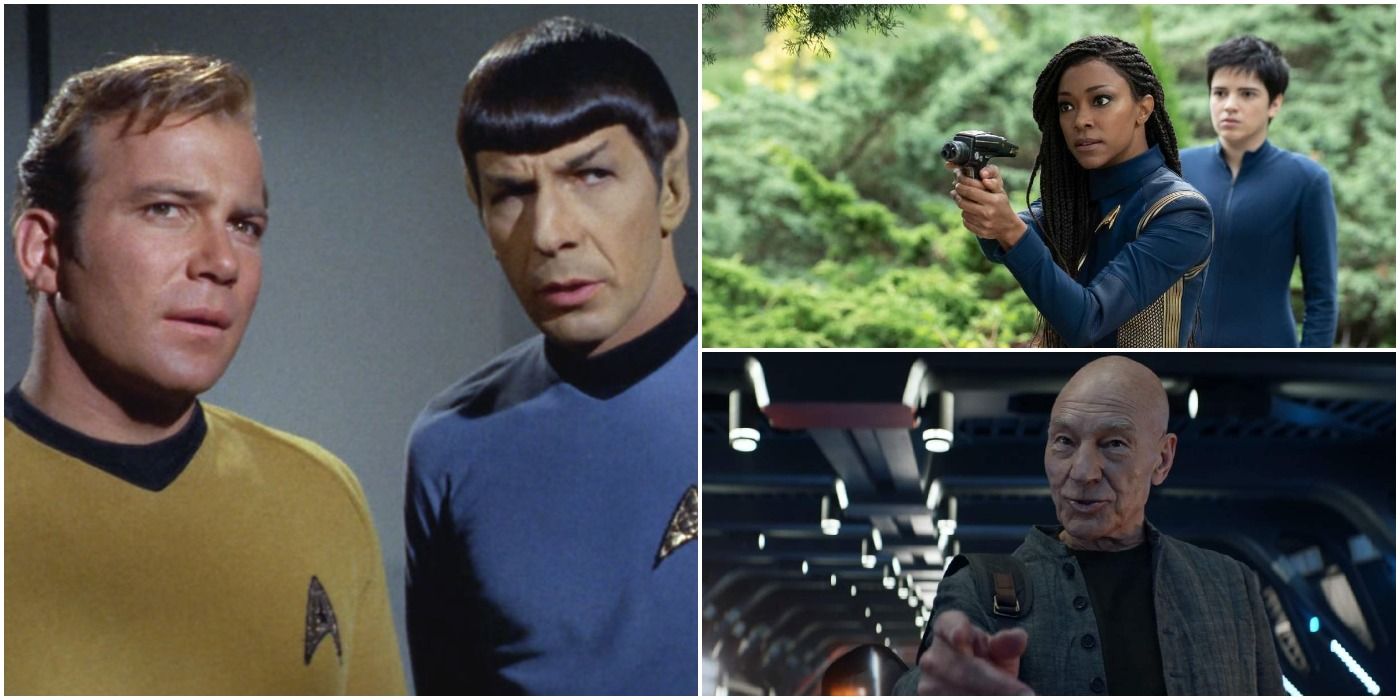
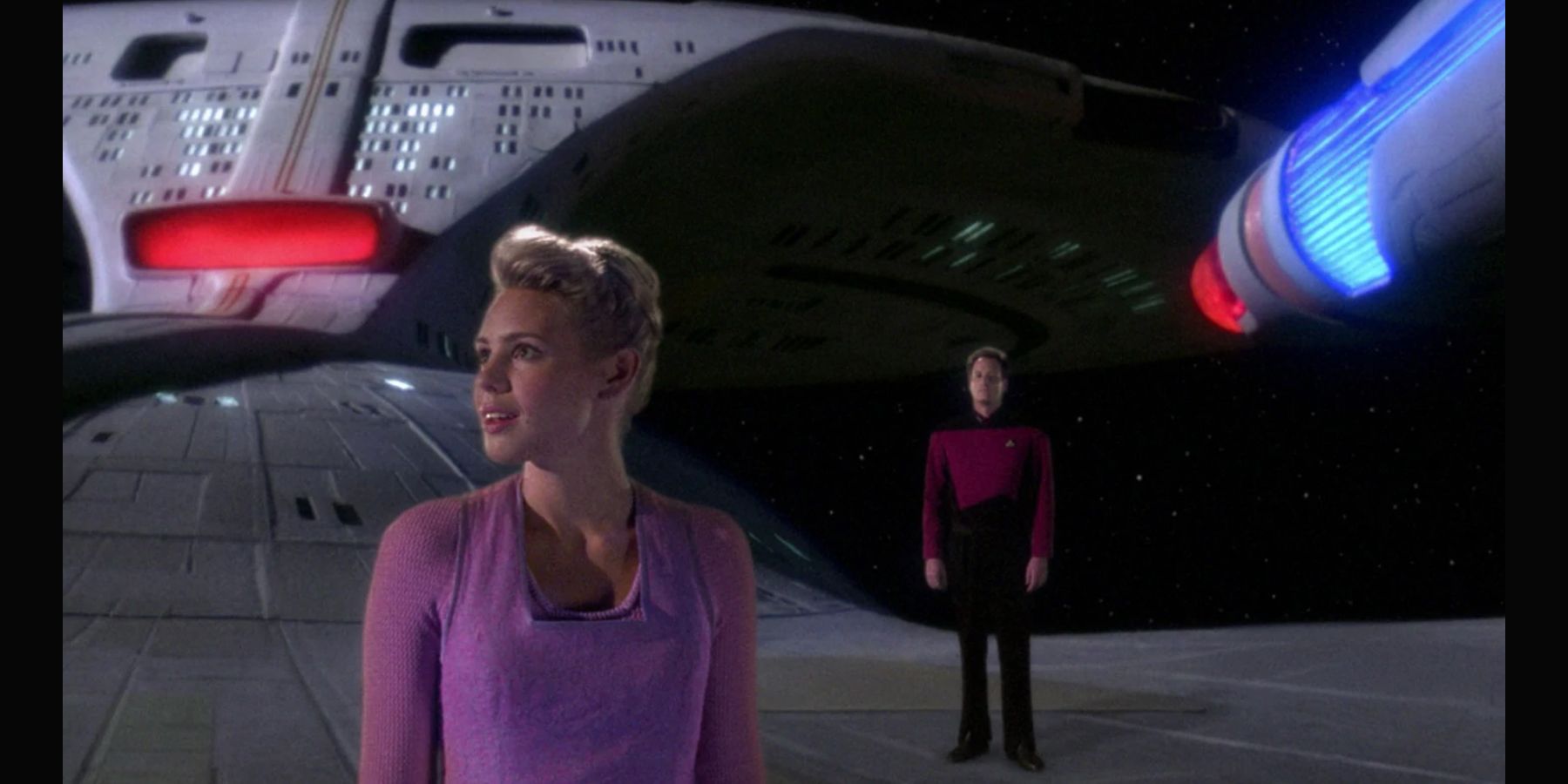
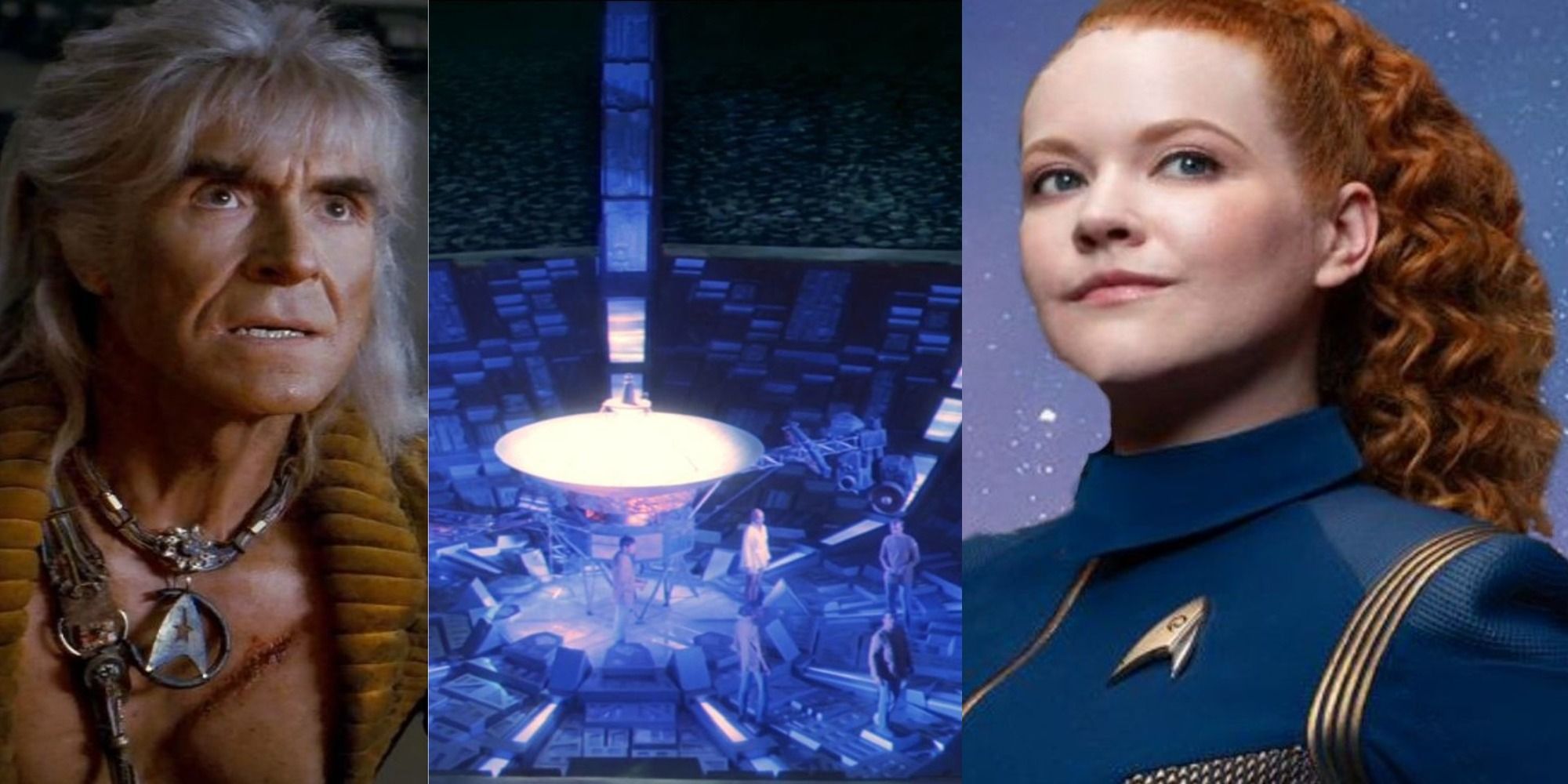
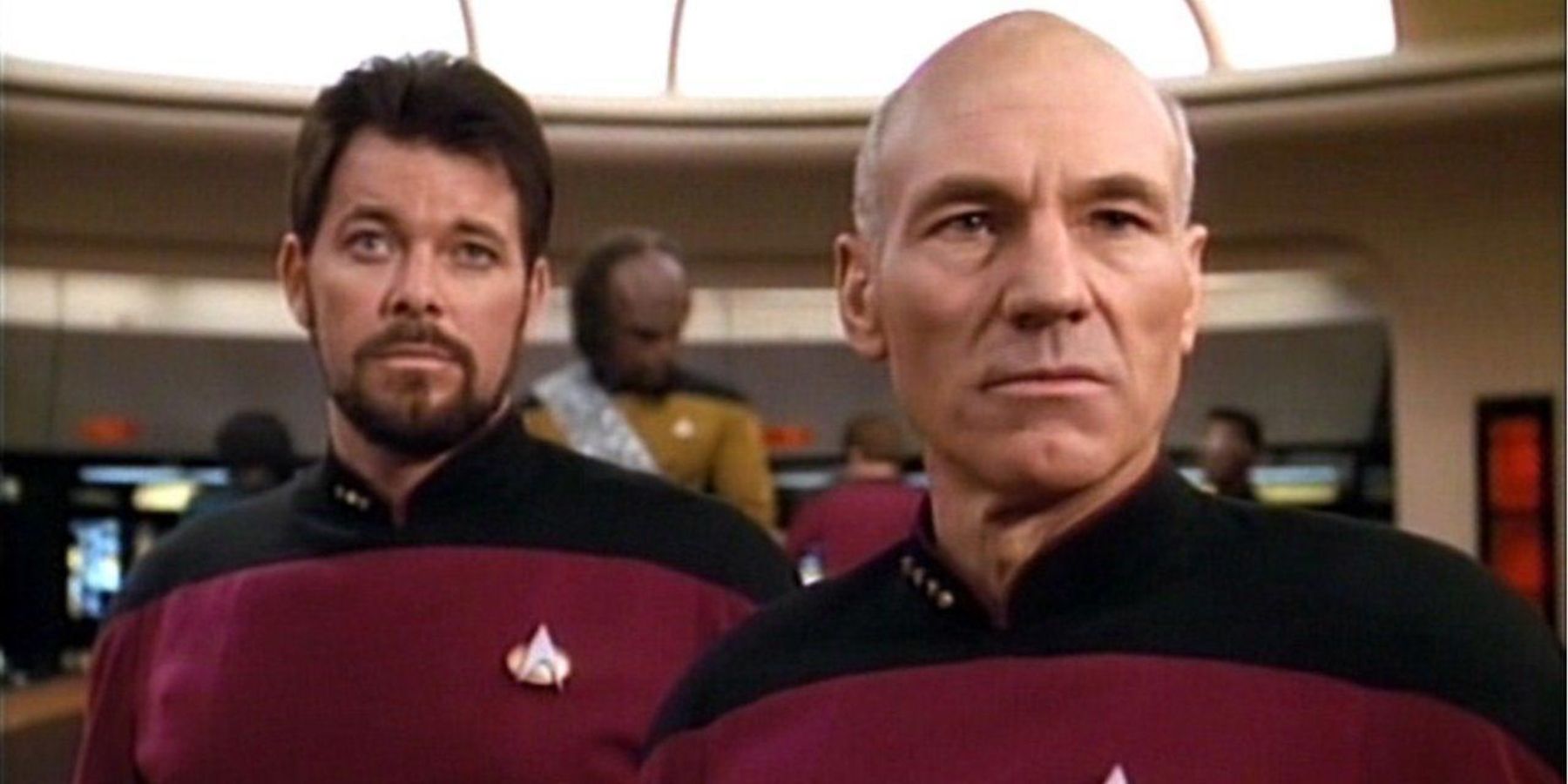
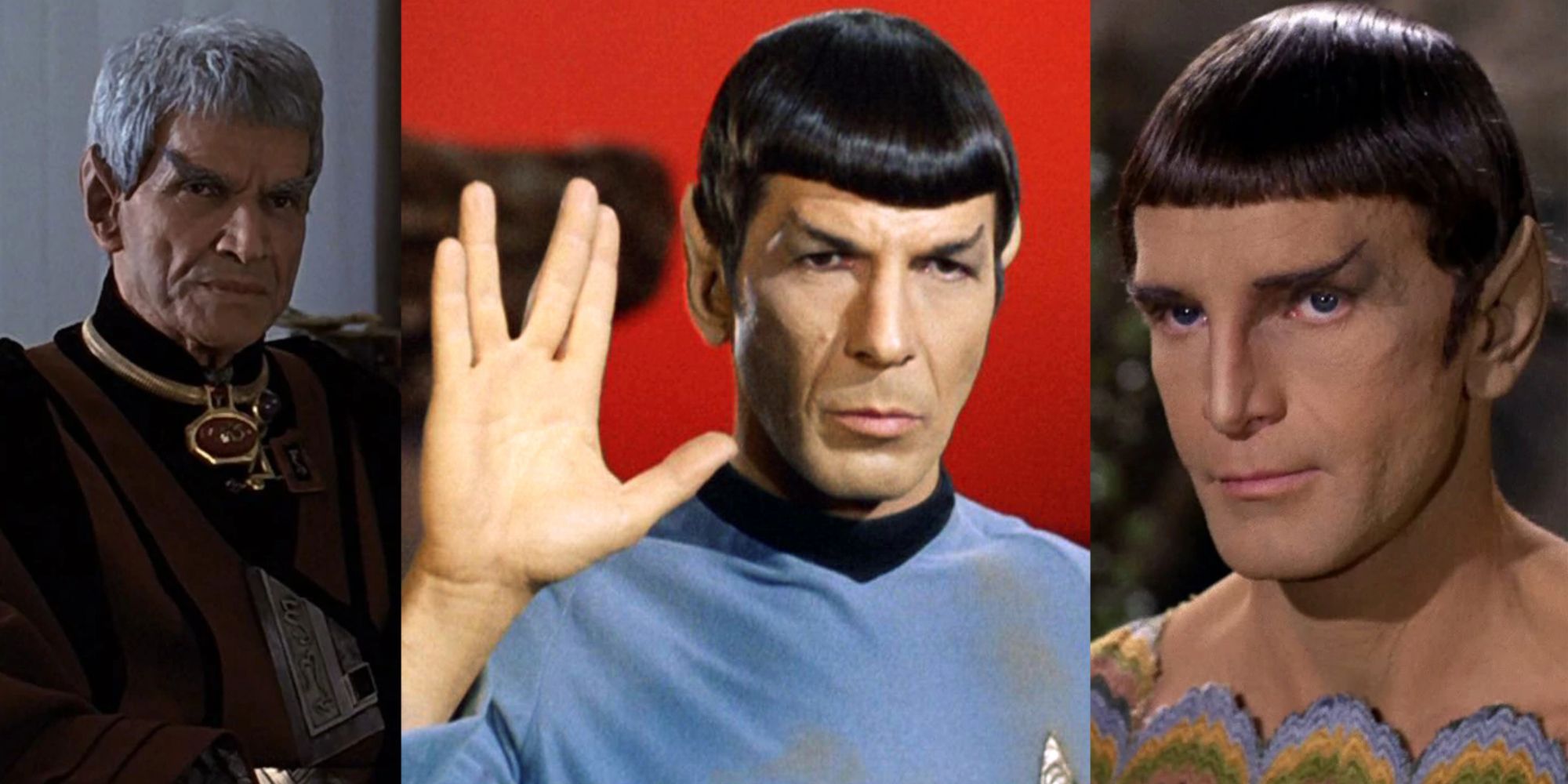
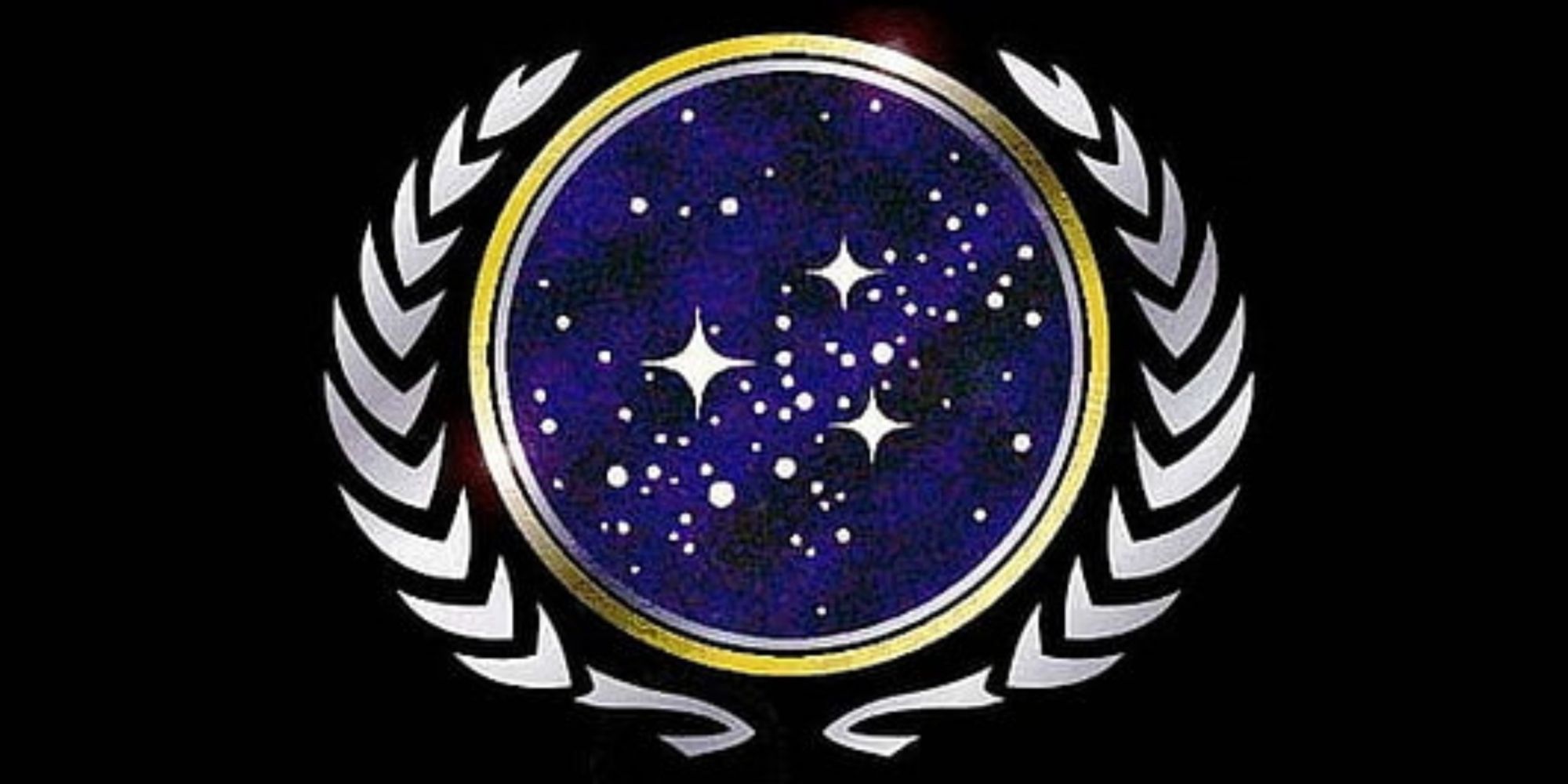
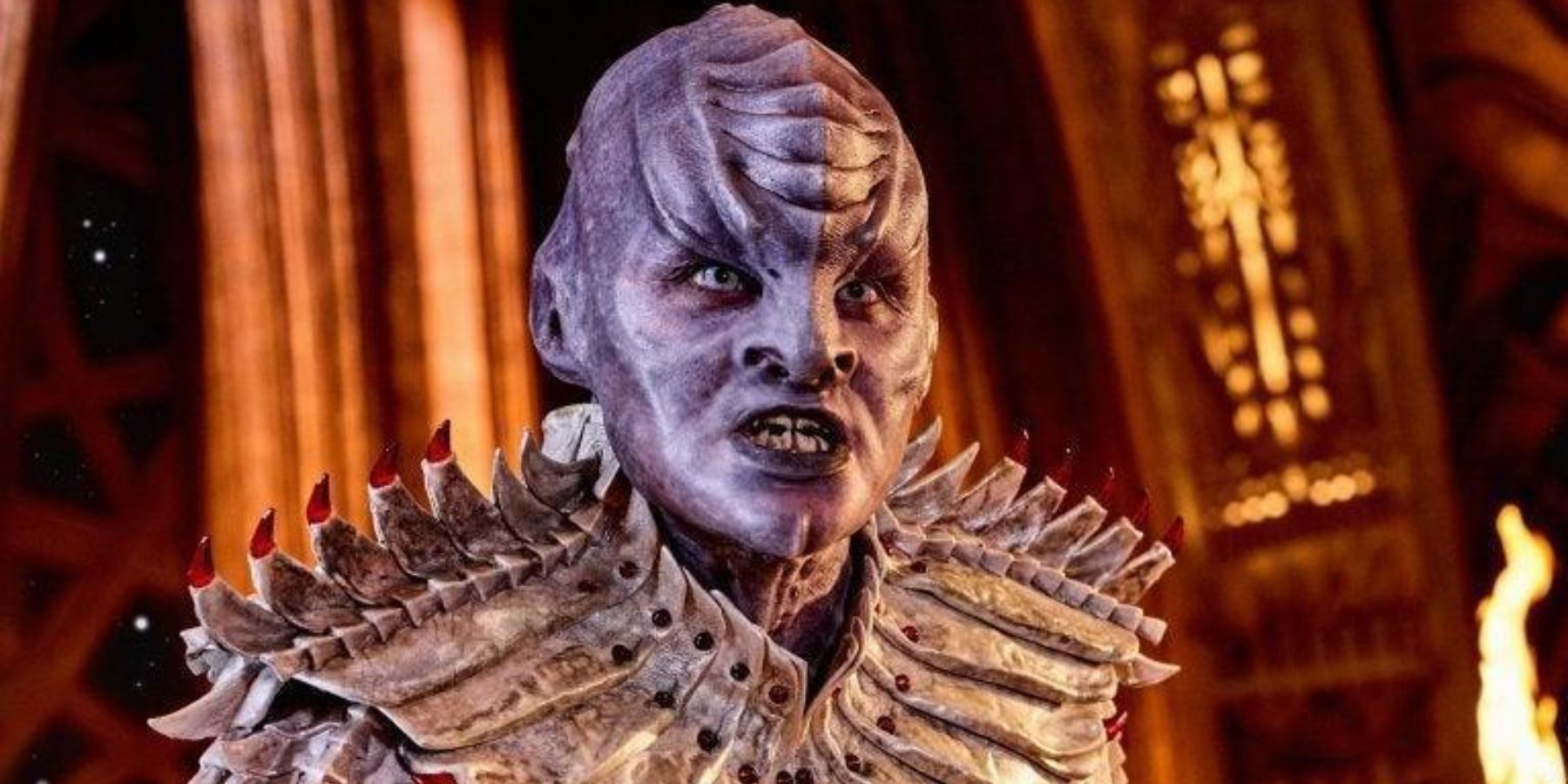
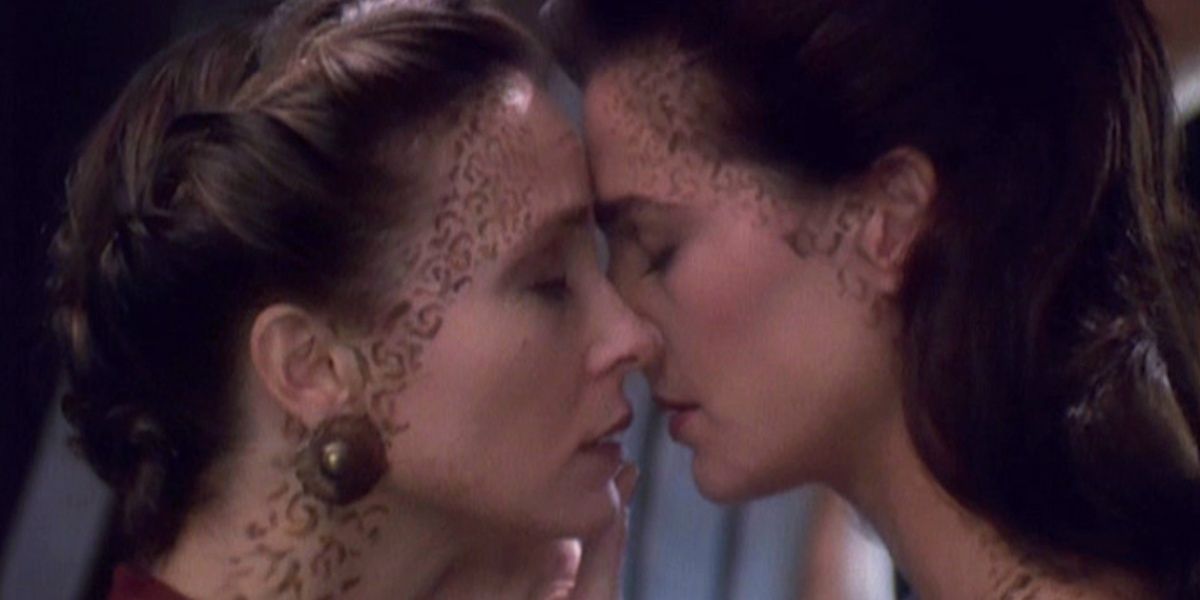
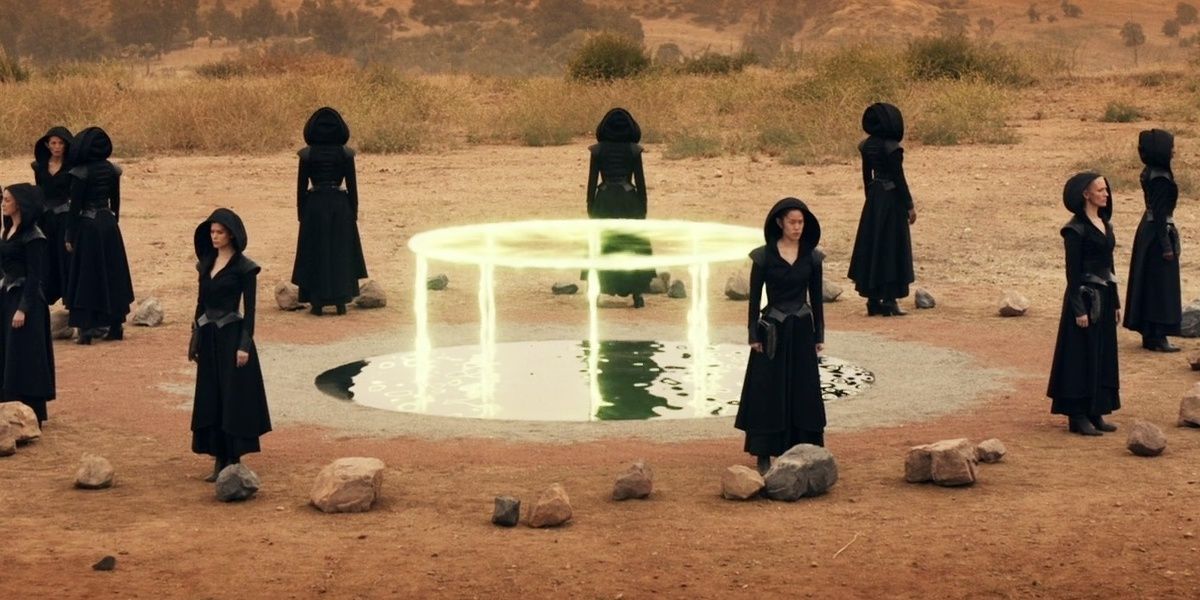
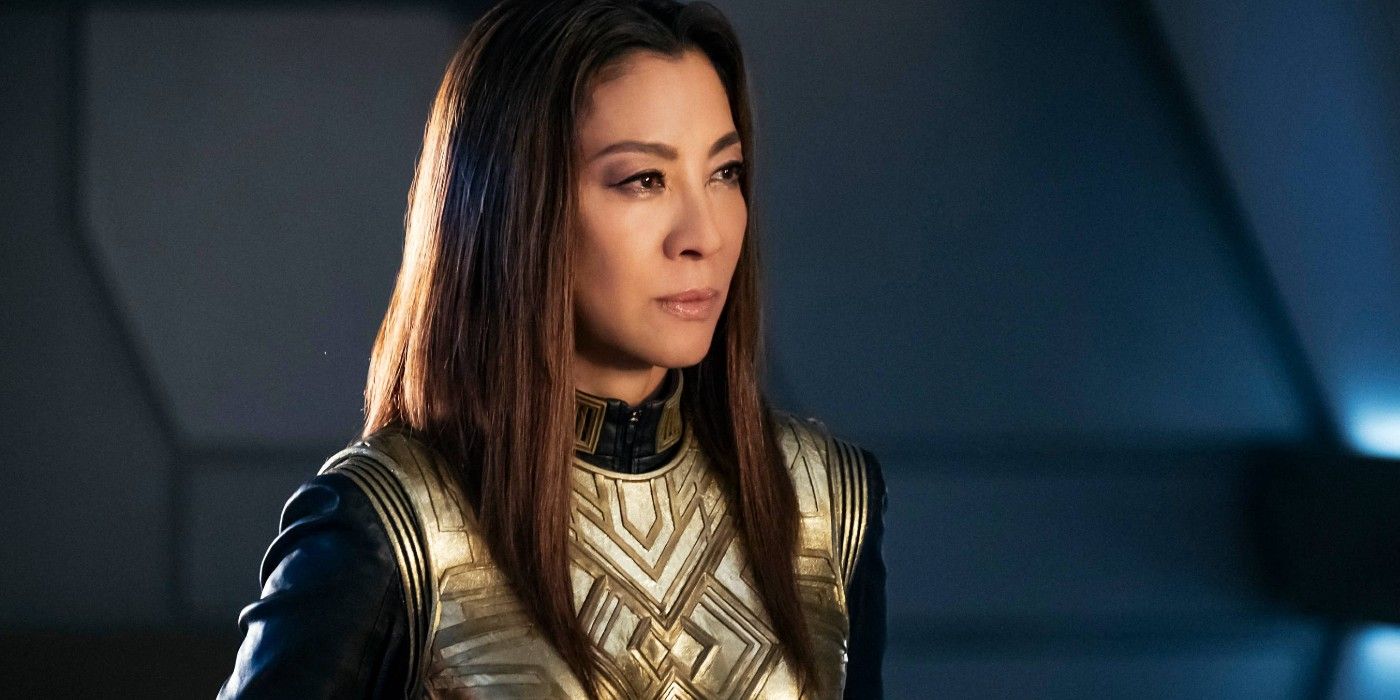
.jpg)
